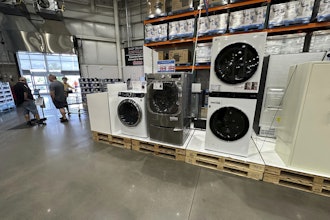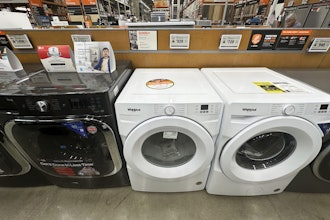CoreLogic, a leading global property information, analytics, and data-enabled solutions provider, has released the CoreLogic Home Price Index (HPI) and HPI Forecast for April 2019, which shows home prices rose both year over year and month over month. Home prices increased nationally by 3.6 percent from April 2018. On a month-over-month basis, prices increased by 1 percent in April 2019. (March 2019 data was revised. Revisions with public records data are standard, and to ensure accuracy, CoreLogic incorporates the newly released public data to provide updated results each month.)
Looking ahead, after several months of moderation in early 2019, the CoreLogic HPI Forecast indicates home prices will begin to pick up and increase by 4.7 percent from April 2019 to April 2020. On a month-over-month basis, home prices are expected to decrease by 0.3 percent from April 2019 to May 2019. The CoreLogic HPI Forecast is a projection of home prices calculated using the CoreLogic HPI and other economic variables. Values are derived from state-level forecasts by weighting indices according to the number of owner-occupied households for each state.
“The pickup in sales between March and April, has helped to counter the recent slowing in annual home-price growth,” says Dr. Frank Nothaft, chief economist at CoreLogic. “Mortgage rates are 0.6 percentage points below what they were one year ago and incomes are up, which has improved affordability for buyers. However, price growth has remained the highest for lower-priced homes, constraining housing choices for first-time buyers.”
According to the CoreLogic Market Condition Indicators (MCI), an analysis of housing values in the country’s 100 largest metropolitan areas based on housing stock, 37 percent of metropolitan areas have an overvalued housing market as of April 2019. The MCI analysis categorizes home prices in individual markets as undervalued, at value or overvalued, by comparing home prices to their long-run, sustainable levels, which are supported by local market fundamentals such as disposable income. As of April 2019, 26 percent of the top 100 metropolitan areas were undervalued, and 37 percent were at value.
When looking at only the top 50 markets based on housing stock, 42 percent were overvalued, 16 percent were undervalued, and 42 percent were at value. The MCI analysis defines an overvalued housing market as one in which home prices are at least 10 percent above the long-term, sustainable level. An undervalued housing market is one in which home prices are at least 10 percent below the sustainable level.
During the first quarter of 2019, CoreLogic together with RTi Research of Norwalk, Connecticut, conducted an extensive survey measuring consumer-housing sentiment in high-priced markets. Eight in 10 residents in high-priced markets said home prices have continued to climb over the past three years and are still rising, although more moderately. The impact of continued price increases means new homeowners had to make compromises when purchasing. As many as 40 percent of respondents indicated they could not buy a home in their preferred area, and a third felt they had to purchase a smaller home than they desired.
“According to our consumer research, buyers feel that high prices are forcing them to spend more than they’d expect on a home,” says Frank Martell, president and CEO of CoreLogic. “As many as one-third of buyers admit they put down a higher down payment as well.”






















